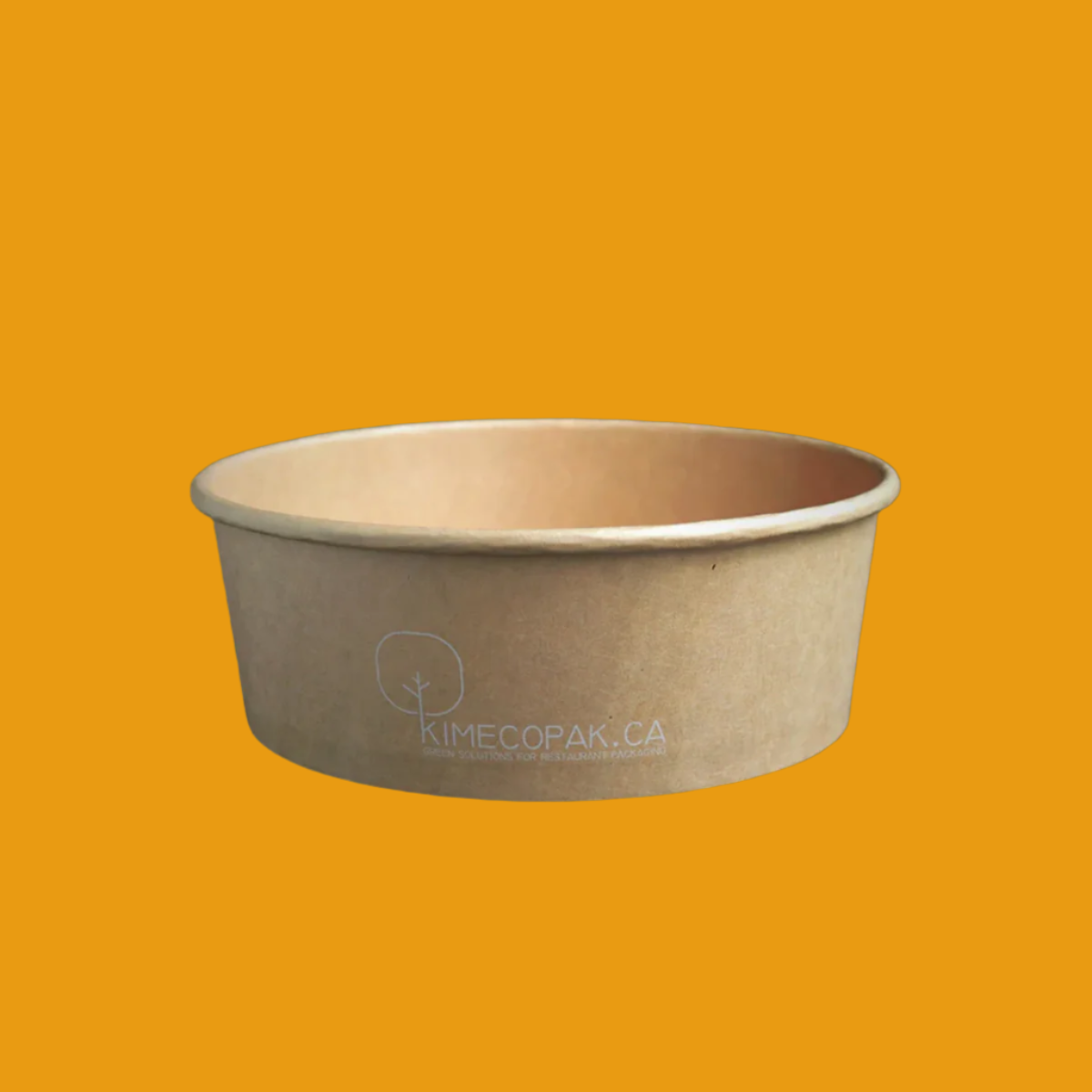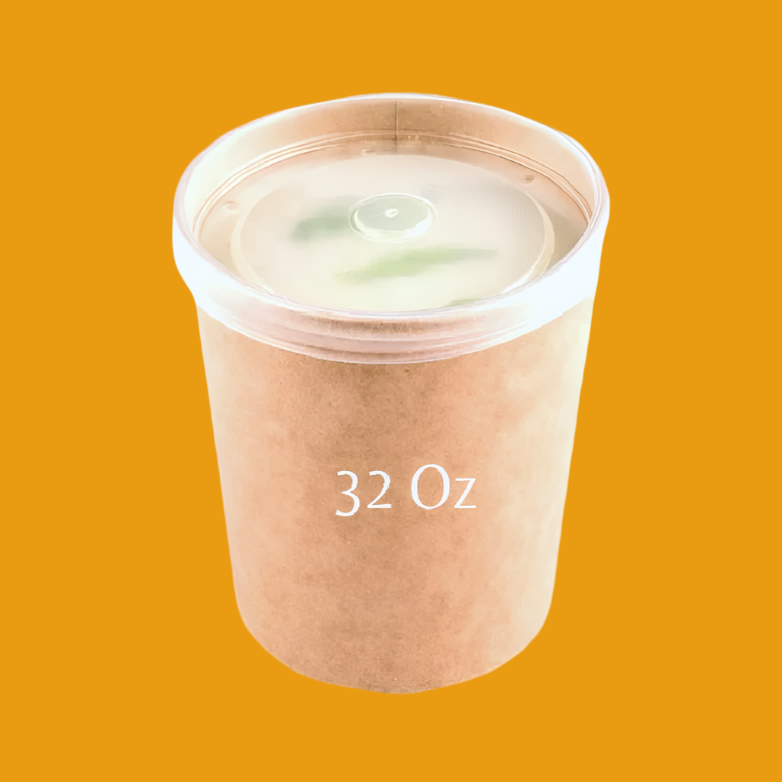Coffee packaging plays a crucial role in preserving the quality, freshness, and flavor of coffee beans and grounds. Among the various materials used, aluminium coffee packaging stands out for its exceptional protective properties and widespread adoption in the coffee industry. However, despite its advantages, concerns over environmental sustainability and recycling challenges have led to the exploration of alternative packaging solutions.
This article delves into the benefits of aluminium coffee packaging, the environmental challenges associated with it, and the sustainable alternatives that coffee brands can consider.
Boost Your Brand With Custom Coffee Packaging
Benefits of Aluminium Coffee Packaging
1. Superior Barrier Properties
Aluminium is widely used in coffee packaging due to its ability to protect against external factors such as oxygen, moisture, and light. These elements can rapidly degrade coffee quality, leading to stale flavors and reduced aroma. Aluminium’s barrier properties help maintain the freshness of coffee for an extended period, ensuring that consumers enjoy a rich and flavorful brew.
2. Lightweight and Durable
Aluminium is both lightweight and highly durable, making it an ideal choice for packaging. Its strength ensures that coffee bags or capsules remain intact during transportation and storage, reducing the risk of damage and product loss. Additionally, the lightweight nature of aluminium helps lower shipping costs and minimizes the carbon footprint associated with transportation.
3. Recyclability and Circular Economy Potential
One of the key advantages of aluminium coffee packaging is its infinite recyclability—it can be reused multiple times without losing its quality. Unlike some plastic materials, aluminium does not degrade in the recycling process, making it a more sustainable choice. When properly recycled, aluminium packaging contributes to a circular economy, where resources are continuously reused rather than discarded.

Environmental Concerns and Recycling Challenges
1. Difficulties in Recycling Multi-Layer Packaging
While aluminium itself is recyclable, many coffee bags and pouches combine aluminium with other materials such as plastic or paper to enhance flexibility and reduce costs. These multi-layer structures make it challenging to separate and recycle the aluminium efficiently. As a result, a significant portion of aluminium coffee packaging ends up in landfills instead of being repurposed.
2. High Energy Consumption in Aluminium Production
The process of extracting and refining aluminium from bauxite ore is highly energy-intensive, requiring large amounts of electricity. This contributes to greenhouse gas emissions and environmental degradation. While recycling aluminium consumes only about 5% of the energy needed for primary production, the challenge lies in ensuring that aluminium packaging is collected and processed correctly.
3. Waste Management and Consumer Awareness Issues
Even though aluminium is recyclable, many consumers are unaware of how to properly dispose of aluminium coffee packaging. Some recycling facilities may not accept certain aluminium coffee capsules or pouches due to contamination from residual coffee grounds or multi-material construction. This lack of awareness and recycling infrastructure leads to unnecessary waste.
Sustainable Alternatives to Aluminium Coffee Packaging
1. Compostable Coffee Bags
One of the most promising alternatives to aluminium coffee packaging is compostable materials. These materials, often made from plant-based fibers, break down naturally in composting conditions, reducing environmental impact. Brands opting for compostable coffee bags can offer an eco-friendly solution without compromising on packaging durability.

2. Biodegradable Packaging Materials
Materials such as PLA (Polylactic Acid), derived from corn starch or sugarcane, offer a biodegradable alternative to traditional packaging. PLA-based coffee packaging decomposes under industrial composting conditions, making it a viable solution for brands aiming to reduce plastic and aluminium usage.
3. Recyclable Paper and Plastic-Based Packaging
Innovations in recyclable paper packaging and bio-based plastics provide another path towards sustainability. While paper packaging may not offer the same level of barrier protection as aluminium, advancements in coating technologies are improving its effectiveness. Some brands are also investing in mono-material plastics, which are easier to recycle compared to composite materials.
Industry Trends and Best Practices in Coffee Packaging Sustainability
1. Growing Adoption of Sustainable Packaging by Coffee Brands
As consumer demand for eco-friendly packaging rises, more coffee brands are investing in sustainable solutions. Some companies are phasing out aluminium coffee bags in favor of recyclable or compostable alternatives, while others are working to improve the recyclability of existing aluminium packaging.
2. Carbon Footprint Reduction Initiatives
Leading coffee brands are conducting life cycle assessments (LCAs) to measure the carbon footprint of their packaging. By optimizing material usage, switching to renewable energy sources in production, and promoting recycling programs, companies are actively reducing their environmental impact.
3. Circular Economy Approaches in Coffee Packaging
The future of coffee packaging sustainability lies in adopting circular economy principles. This includes designing packaging with end-of-life considerations in mind, ensuring easy recyclability, and encouraging consumers to participate in responsible disposal and recycling programs. Some brands have introduced take-back schemes, allowing customers to return used coffee packaging for proper recycling.
Conclusion
Aluminium coffee packaging offers significant benefits in terms of protection, durability, and recyclability, making it a preferred choice for many coffee brands. However, recycling challenges, energy consumption, and waste management issues highlight the need for more sustainable alternatives.
To minimize environmental impact, the coffee industry is increasingly adopting compostable, biodegradable, and recyclable materials. As consumer awareness grows and recycling technologies advance, the transition towards eco-friendly coffee packaging will continue to shape the future of the industry.
By making informed choices and supporting sustainable packaging solutions, coffee brands and consumers alike can contribute to a more environmentally responsible coffee supply chain.









